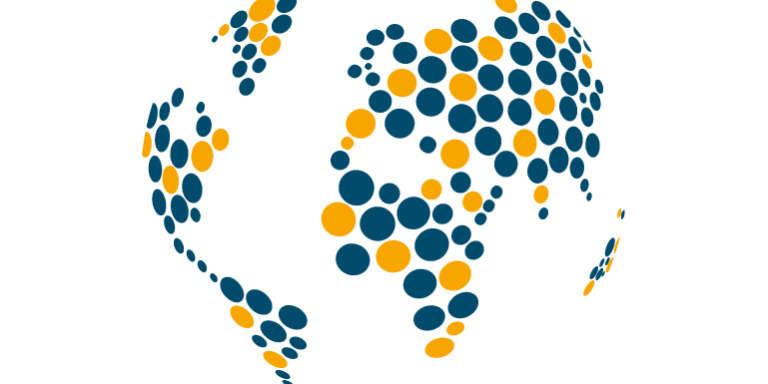Last week, demonstration activity across Eastern Europe decreased. In Belarus, large demonstrations against the regime of Alexander Lukashenko continued. In Ukraine, ceasefire violations continued, though the violations have been minimal since the recent 22 July ceasefire agreement.
In Russia, there was a minor uptick in demonstrations due to recent regional elections and solidarity demonstrations. These solidarity demonstrations included those in support of the Khabarovsk demonstration movement, Belarusian demonstrators against oppression by Alexander Lukashenko’s regime, and the poisoned Russian opposition activist Alexei Navalny, who has been a vocal figure in the fight against corruption in Russia. Demonstrations in the city of Khabarovsk continued into their 11th week (RBC, 19 September 2020). The protests are nominally in support of the former governor Sergei Furgal, who his supporters believe has been targeted for political persecution, but have taken on distinct anti-regime overtones and have become a broader social phenomenon that serves as an outlet for dissatisfaction with the government of Vladimir Putin.
In Belarus, tens of thousands of people demonstrated in Minsk and other cities on 13 September, demanding new elections and the prosecution of police for their brutality against demonstrators (RFE/RL, 13 September 2020). State forces arrested approximately 400 people during the demonstration (RFE/RL, 13 September 2020). On 19 September, hundreds of women were arrested during a weekly women’s demonstration in Minsk. Nina Bahinskaya, a 73-year-old pensioner who has become a prominent figure in the demonstrations, was also arrested (RFE/RL, 19 September 2020). Alexander Lukashenko held a closed ceremony in which he inaugurated himself as President of Belarus on 23 September, prompting mass protests which may escale in the coming week. (BBC, 23 September 2020)
In Romania, hundreds of people demonstrated in Bucharest and five other cities against the mandatory wearing of face masks in schools and against limits imposed on public gatherings, such as demonstrations (Agerpres, 19 September 2020). These demonstrations are taking place despite generally loosening coronavirus restrictions in the country and serve as a platform for politically fringe beliefs.
In the Donbas region of Ukraine, almost two months after the most recent ceasefire agreement, fighting between Ukrainian government forces and Russian-led separatists continued at very low levels, similar to the week prior. This is likely due to a potentially short-term shift in Russian foreign policy priorities away from Ukraine and towards other countries in Eastern Europe, such as Belarus. There were 11 armed clashes and 17 shelling incidents last week with no fatalities reported.
© 2020 Armed Conflict Location & Event Data Project (ACLED). All rights reserved.






